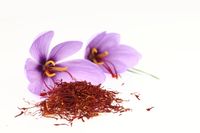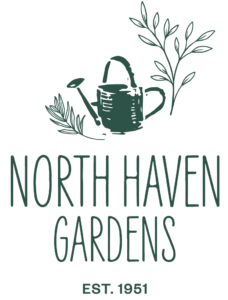Updated:February28,2024 Here at NHG, we know you love pretty blooms that are easy to plant,…
How to Grow Saffron in Your Texas Herb Garden

 The Benefits of Growing Saffron in Your Herb Garden
The Benefits of Growing Saffron in Your Herb Garden
Did you know you can cultivate real ‘garden gourmet’ right in your own yard? As we approach mid-September, the coming weeks are important for the foodie gardener in Texas: garlic, shallots, and yes, saffron–all can be planted in October.
Saffron is considered the most expensive spice in the world; in fact, it’s sometimes referred to as ‘red gold’ since around 150 flowers are required to produce 1 gram of spice. It’s thought to have been in human cultivation for more than 3500 years, and is key to the dishes of many cultures from England to China. It’s also valued for its rich golden-yellow coloring properties and has been used as a dye for centuries.
How to Grow Healthy, Happy Saffron in Texas
Saffron crocus, Crocus sativus, grow from ‘corms’–firm, slightly flattened bulb-like structures. Unlike their ornamental cousins, they bloom in fall as opposed to spring. In our area, they’re best planted between late September to mid-October and typically bloom 6-8 weeks after planting. While some corms will produce a flower their first year, most will take a full year in the ground to maybe three before flowering.
The Right Growing Environment for Saffron
Saffron crocus grow best in full sun and in well-drained soil that’s been amended with organic matter–our heavy clay soils will benefit from expanded shale, greensand and plenty of compost. Make sure to plant them in a place that can remain undisturbed; they go dormant during summer and won’t appreciate being inadvertently dug up during that time.
Harvesting Your Saffron Correctly
The actual saffron spice comes only from the three orange-red stigmas of the flower, and each flower only produces three. They’re snipped from the flower (it won’t harm the flower when done carefully) and allowed to dry to develop flavor. When dry, the stigmas are threadlike and become very fragile. They’re best stored in an airtight container, where they will keep their flavor for up to two years.
Try Growing Saffron in Your Garden!
Interestingly, C. sativus is a species that’s considered non-existent in the wild, depending entirely on human cultivation by means of asexual propagation for it to continue. While it has a rich and speculative history across thousands of years, it’s a surprisingly easy crop to grow that’s very rewarding for both its lovely flowers and the spice they create. If you haven’t tried it before, get to NHG soon to get some before they’re gone! We have a variety of live plantings and gardening equipment for sale at our Dallas nursery. If you want more information on seasonal planting or on developing an amazing herb garden, subscribe to our newsletter today!
Learn more about growing garlic and shallots!

